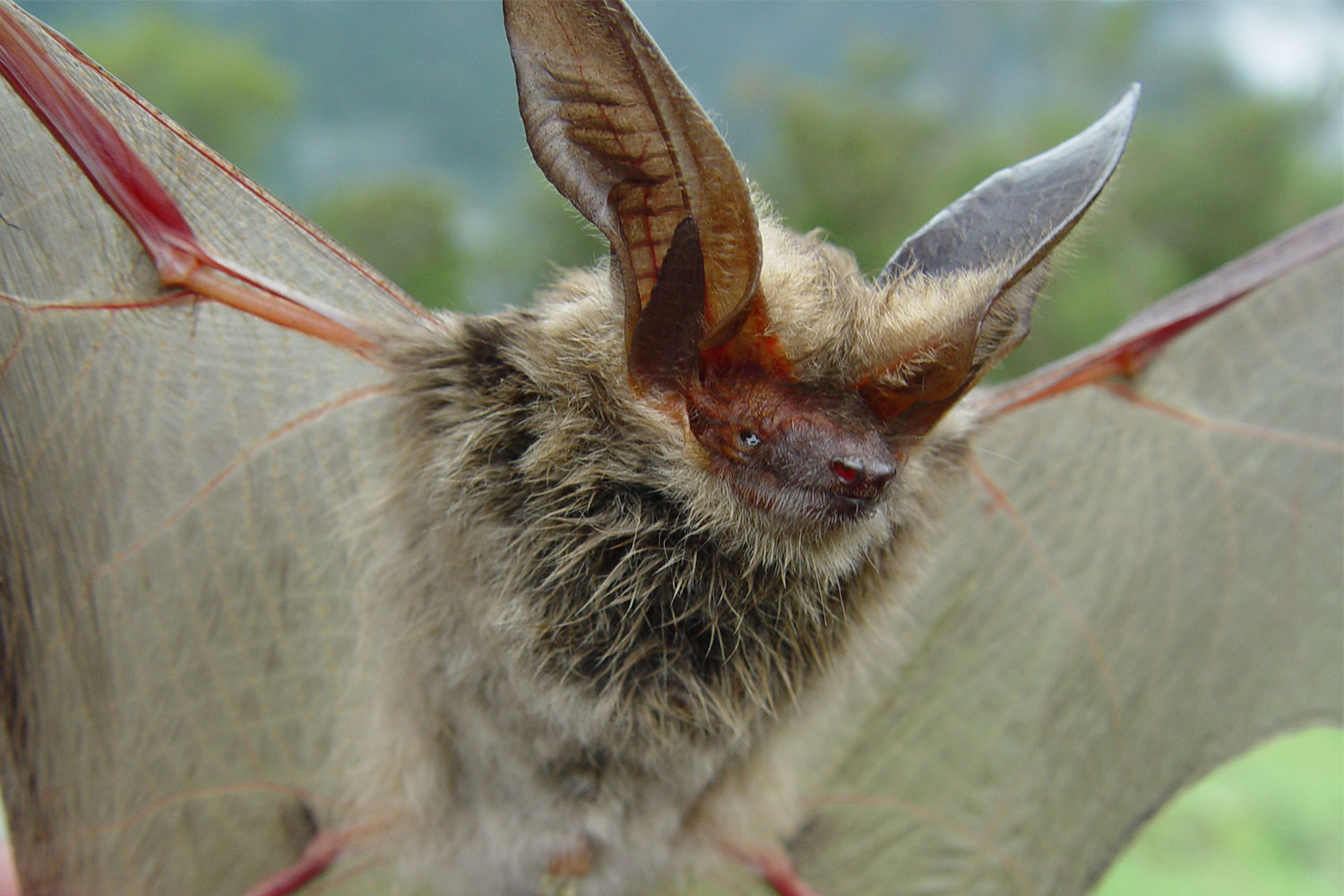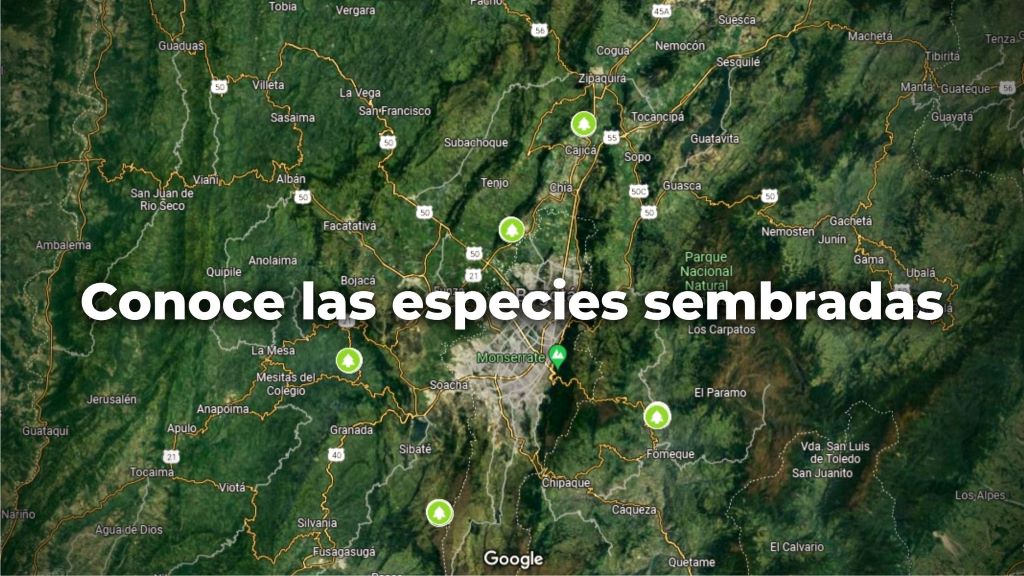Bear Hand
Bear Hand (Oreopanax bogotensis)
It is also known as Amarillo, Higuerón or Higuerillo. Oreopanax bogotensis is an arboreal species belonging to the Araliaceae family. It is a species typical of the Andean region, in Colombia it is found between 2050 meters above sea level and 4117 meters above sea level in the departments of Antioquia, Arauca, Boyacá, Caldas, Cauca, Cundinamarca, Huila, Meta, Nariño, Quindío and Santander. (UNAL, 2021).
Descripción
CHARACTERISTICS OF THE SPECIES
This species can reach 15 meters in height if it is found in highly conserved areas, it has simple leaves with three lobes to which its common name is due, since it is reminiscent of a bear's claw, they also have a yellowish clothing on the underside of the leaf, which is why it receives another of its common names: “Yellow”. It has white flowers, small and arranged in clusters of heads. The fruits are green when immature and purple or blackish when ripe.
ECOLOGICAL IMPORTANCE
It is a fairly common species in the Andean region and one of the favorites for the Birds and the rest of the Fauna that inhabits the places it grows, which is why it is of great ecological importance since it attracts fauna to the place, benefiting the mechanisms of pollination and dispersion not only own but of other species.
ASSOCIATED FAUNA IN THE AREA

( Long-eared Bat, Histiotus chaini)
The Oreopanax genus is well known for attracting Bats, however, so far it is not known which species of Bats specifically visit Oreopanax bogotensis.

 Mother of Water
Mother of Water  Slip Monkey
Slip Monkey  Mortiño
Mortiño  Sangregado
Sangregado 





 Fundación
Fundación